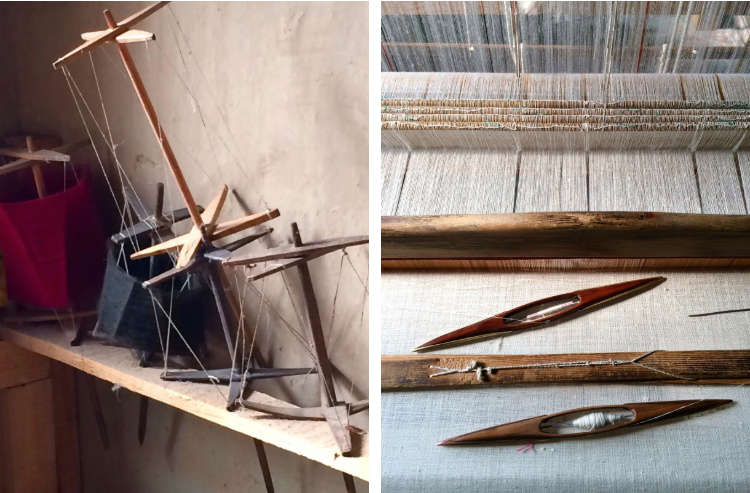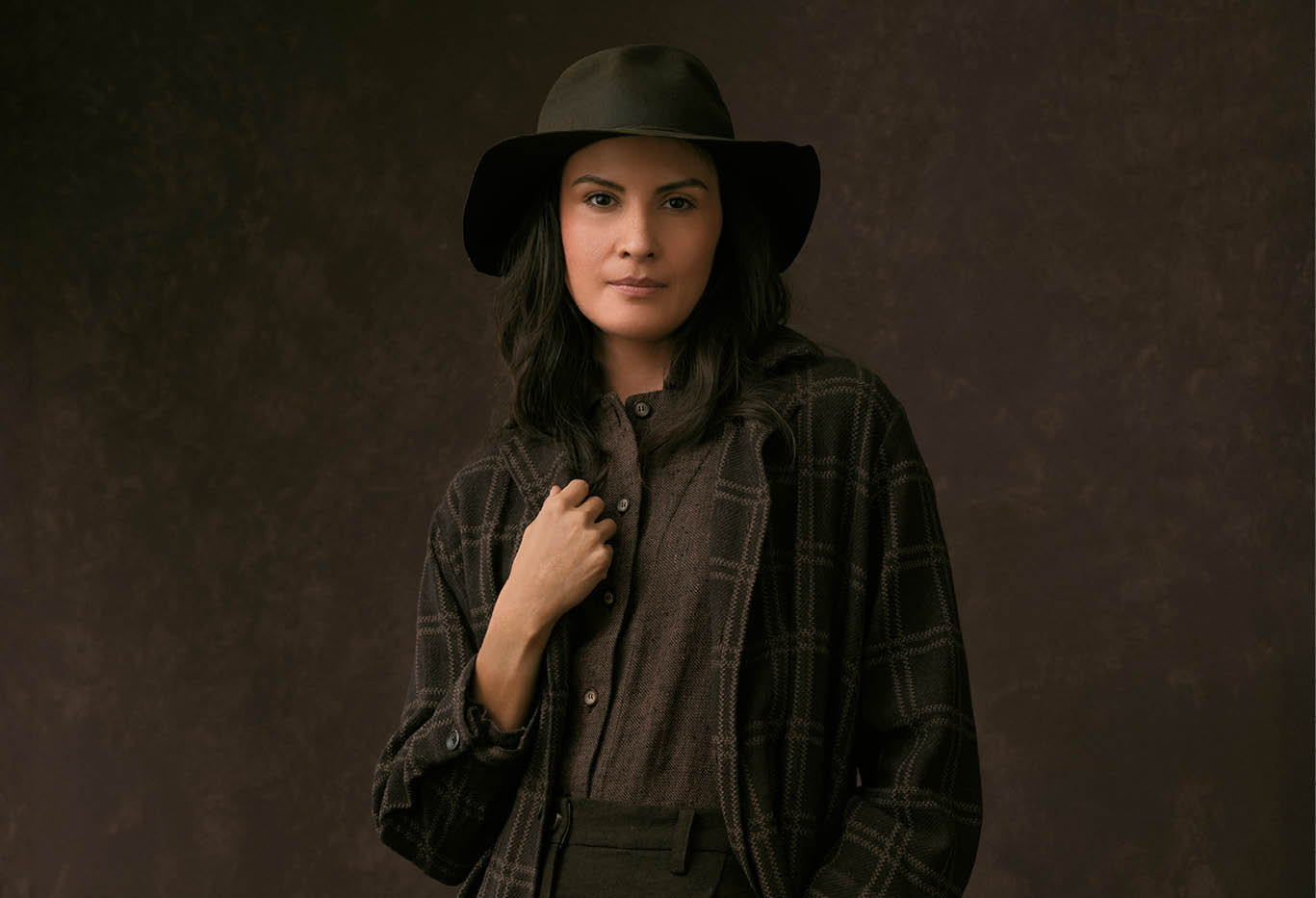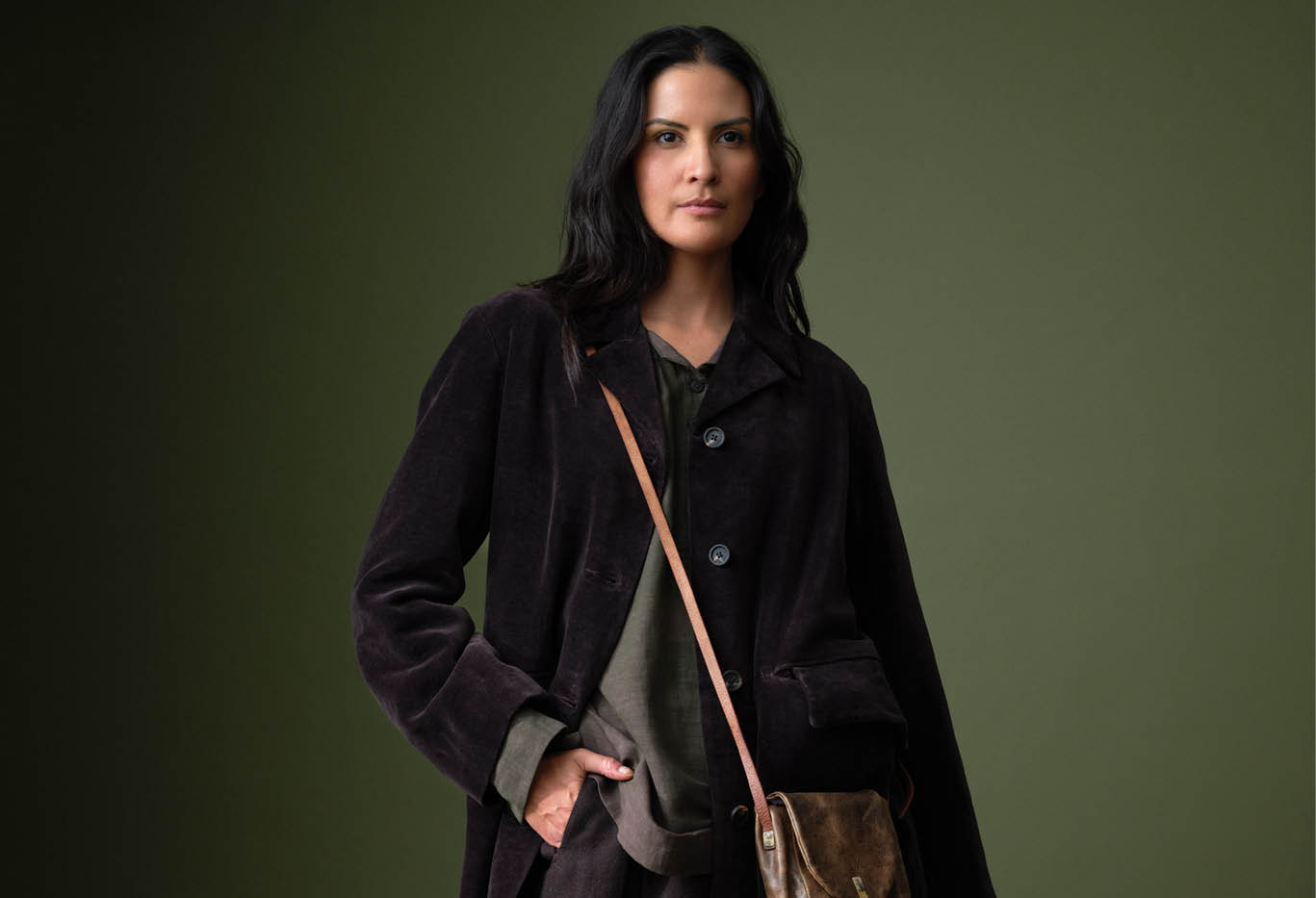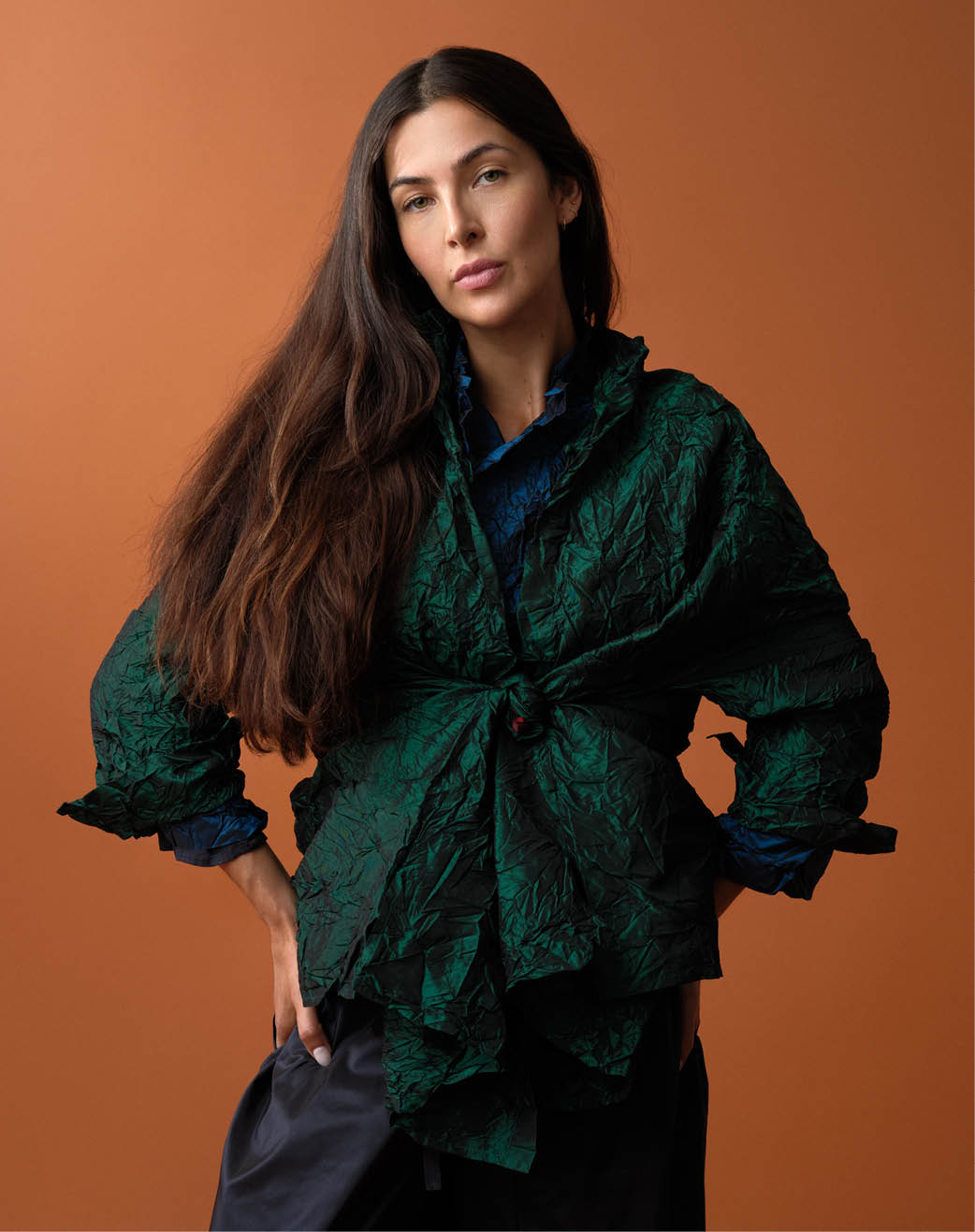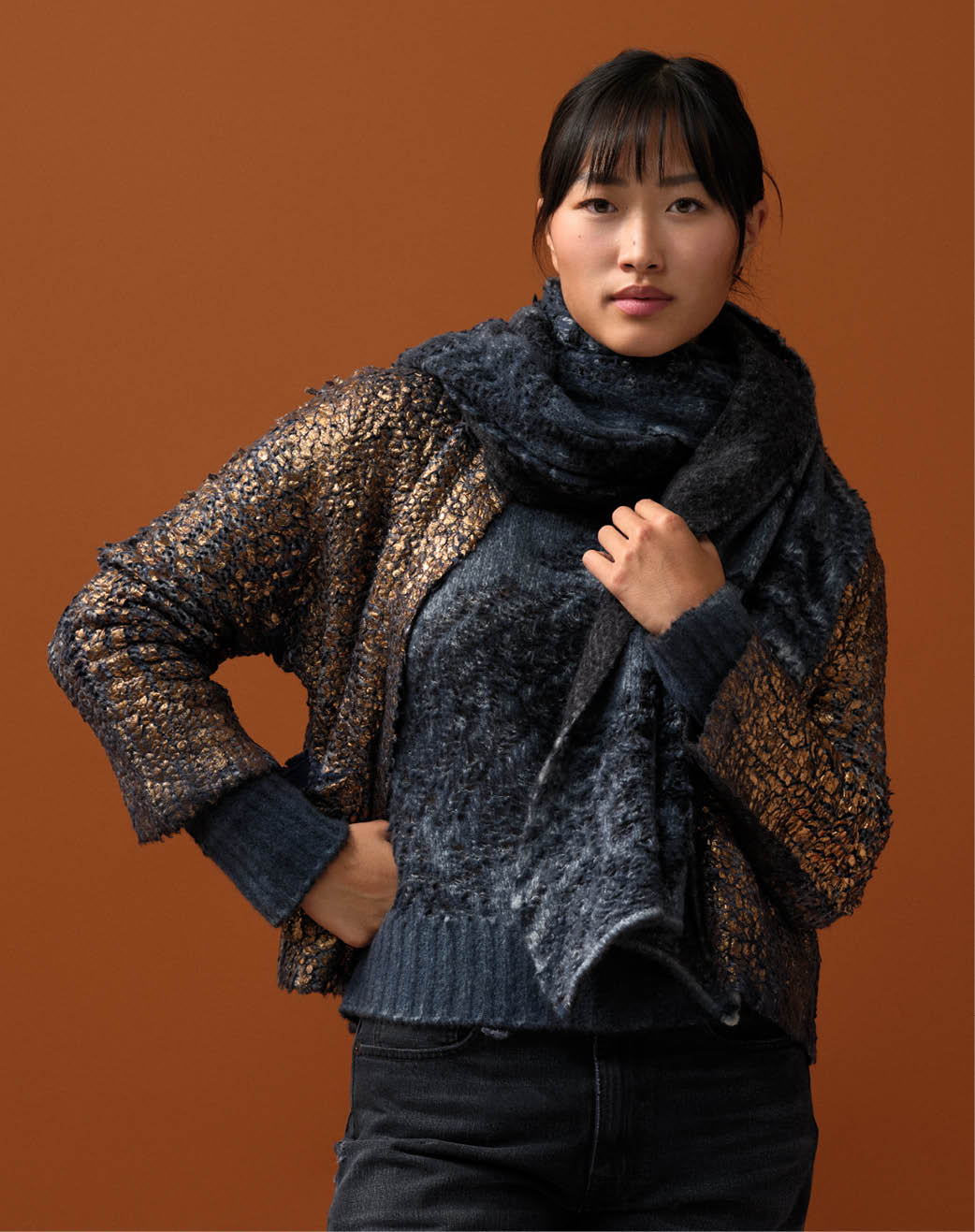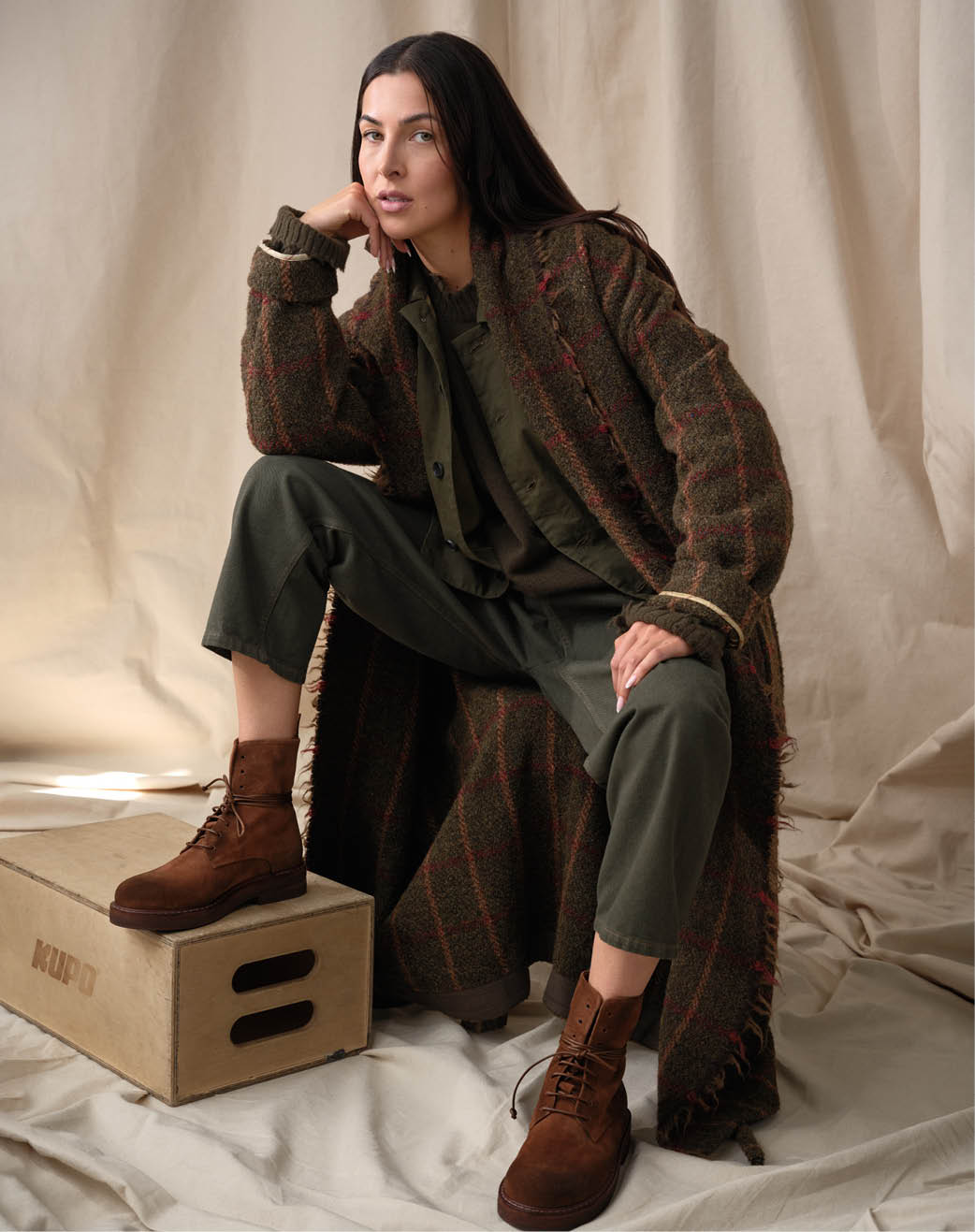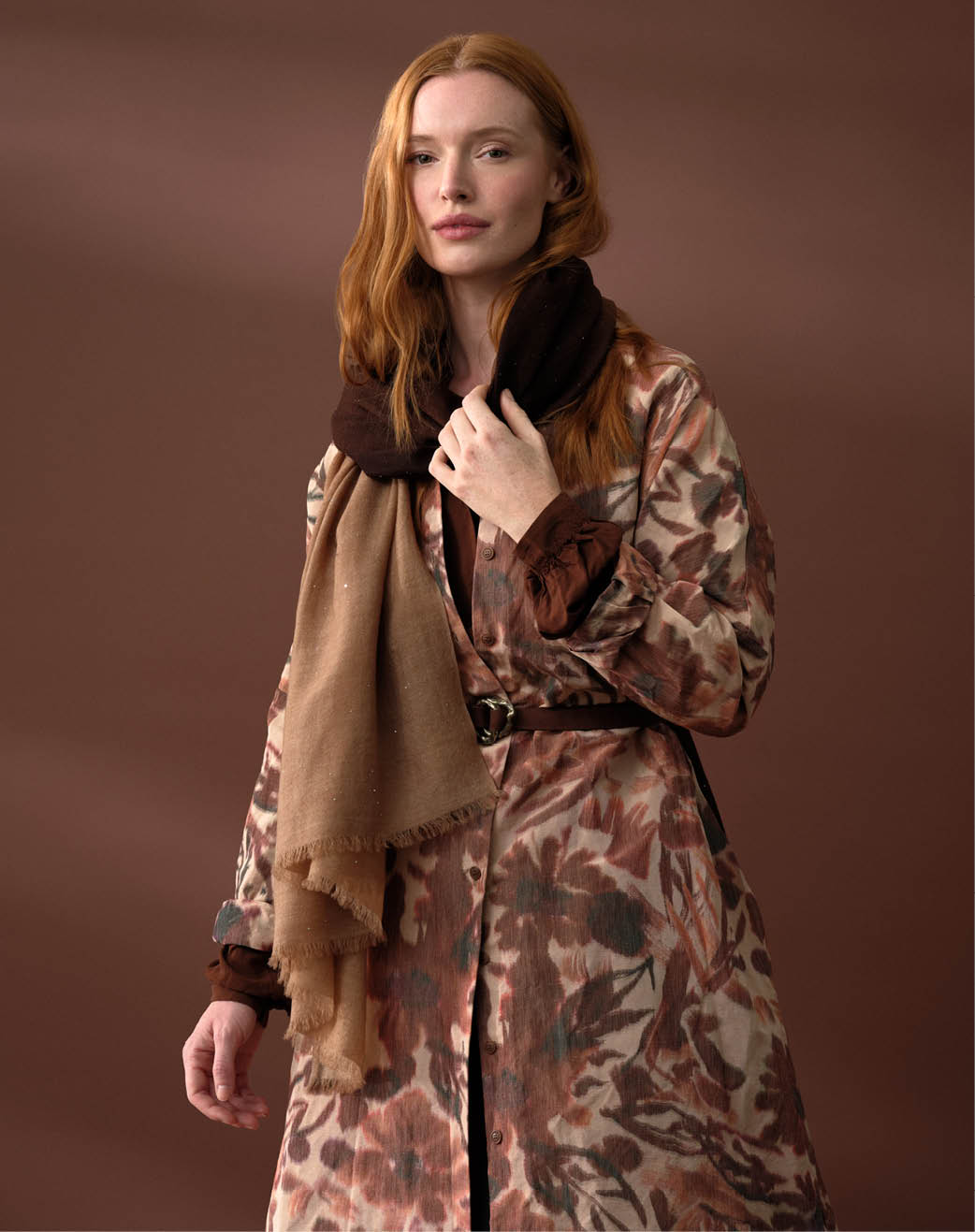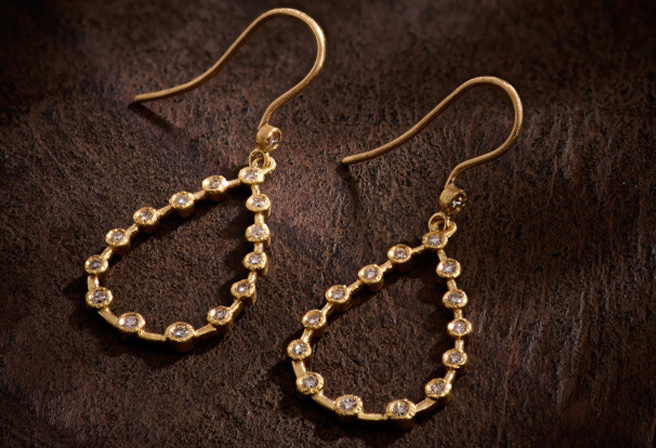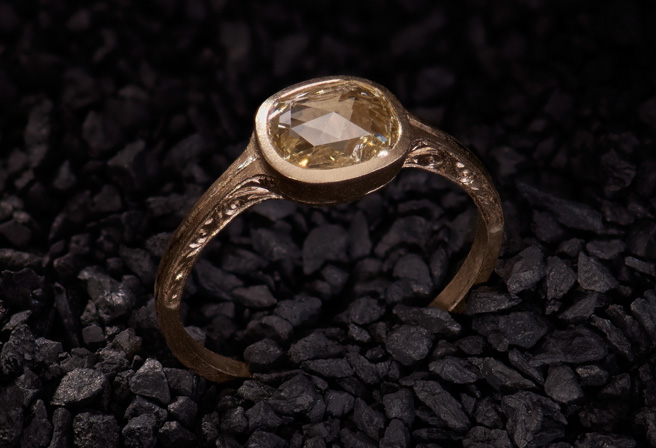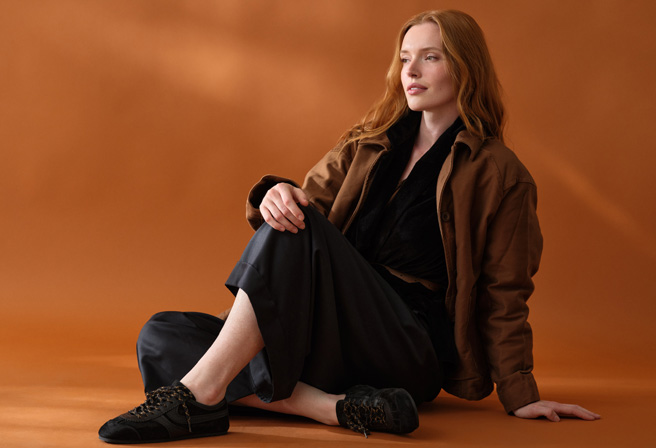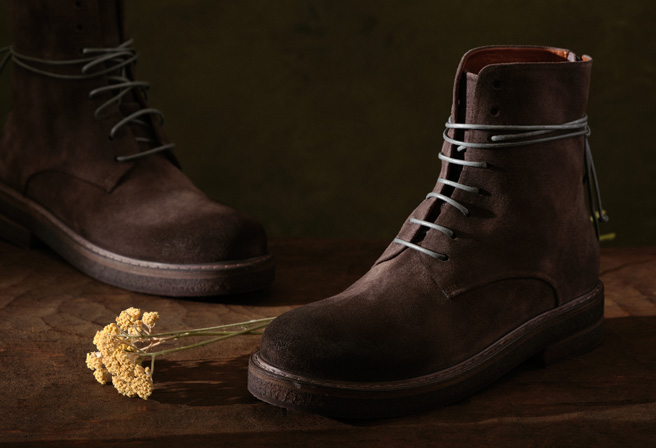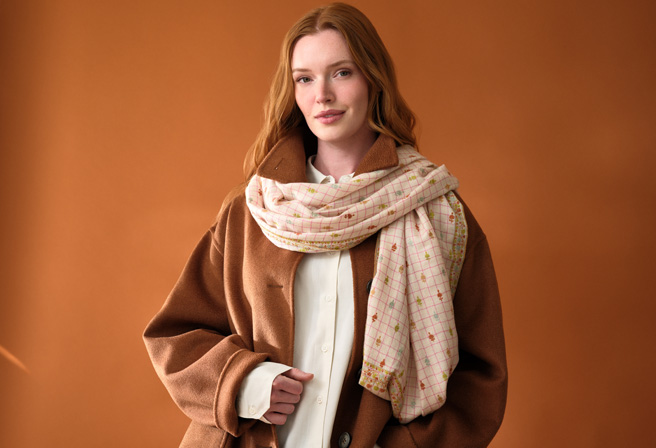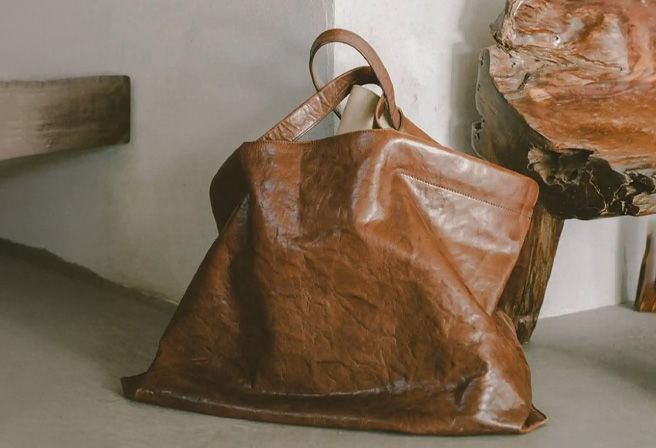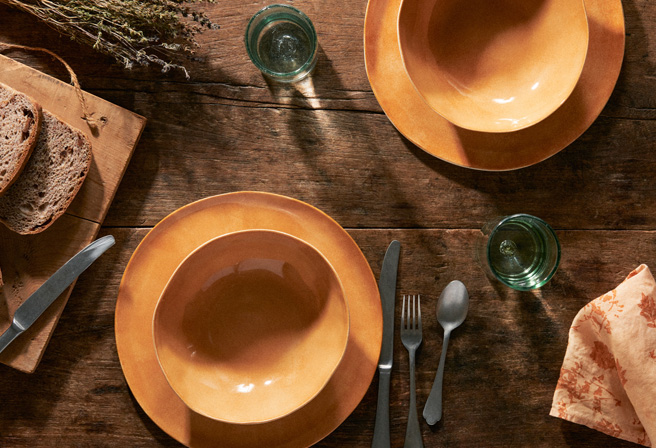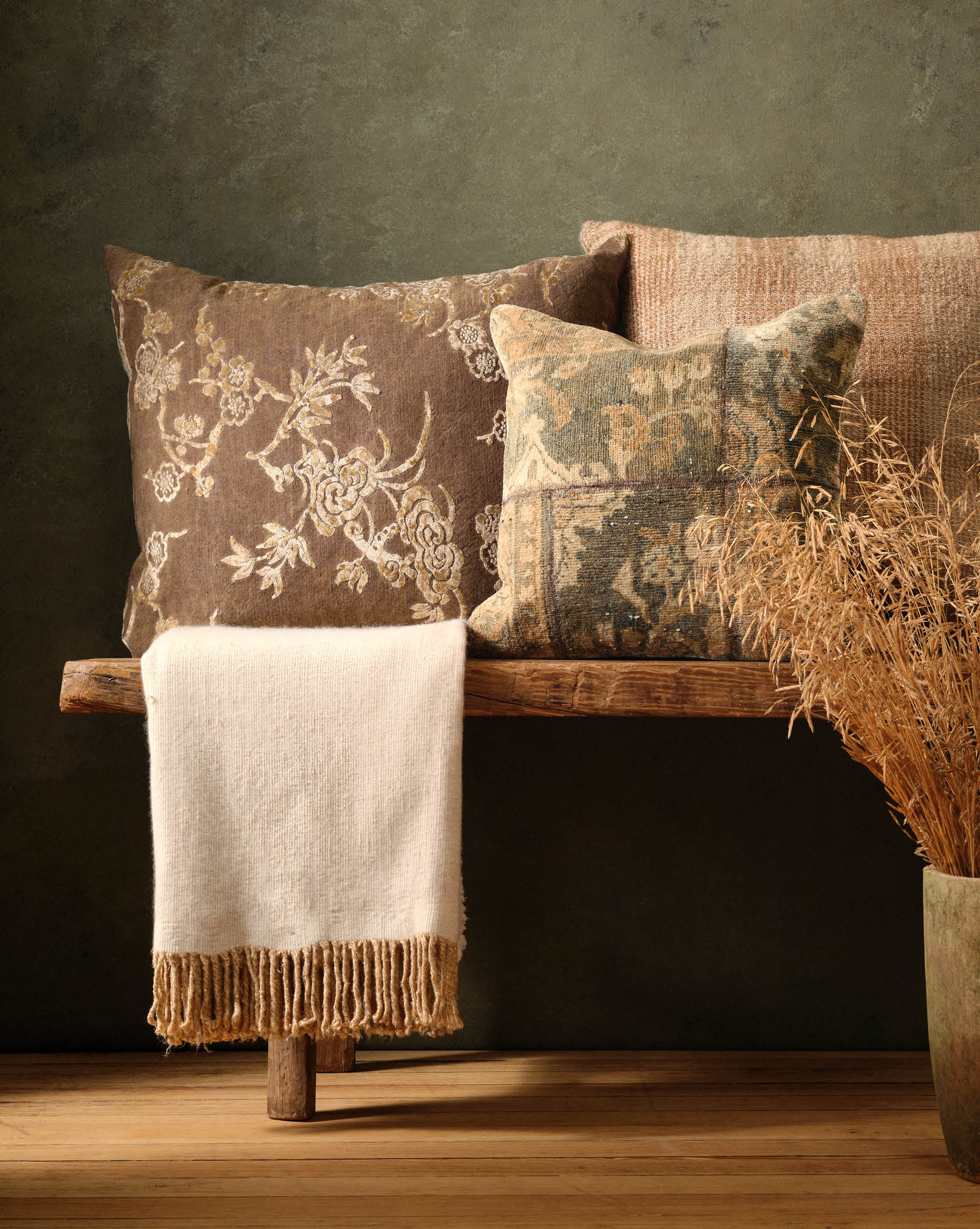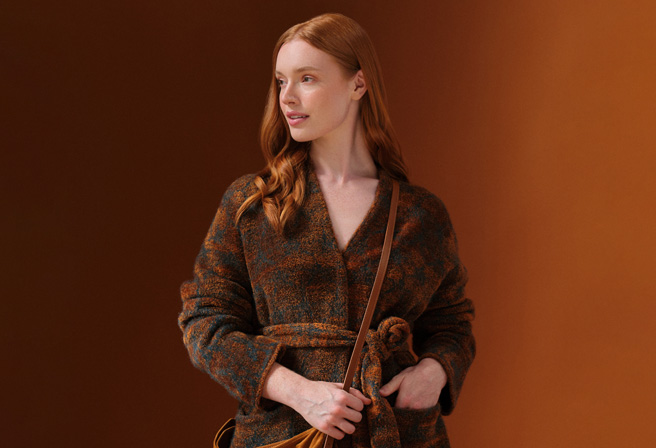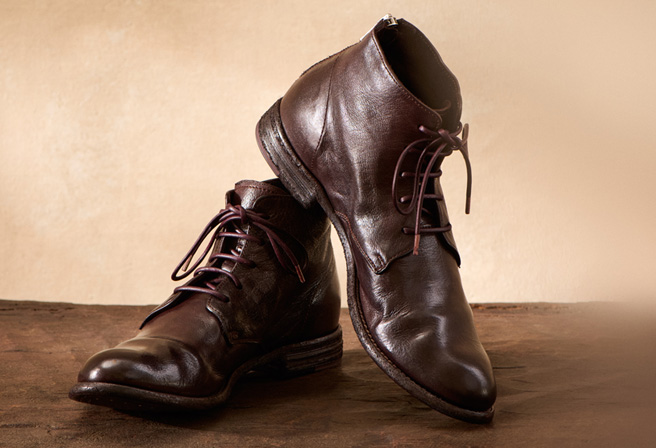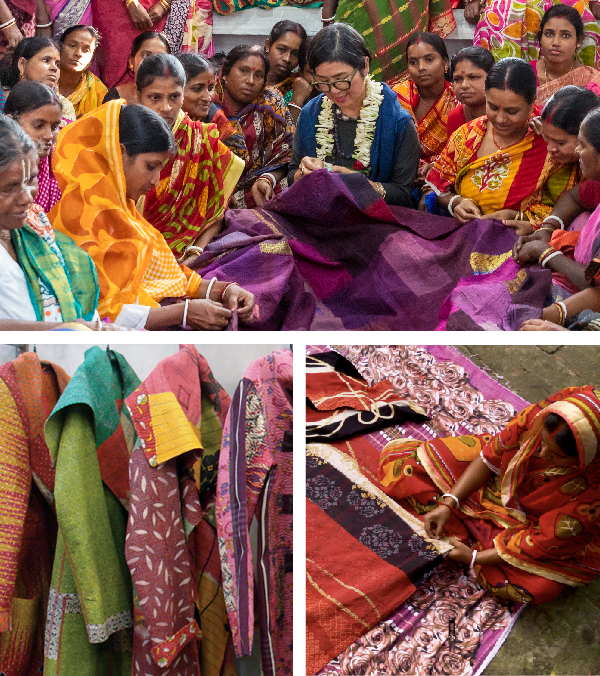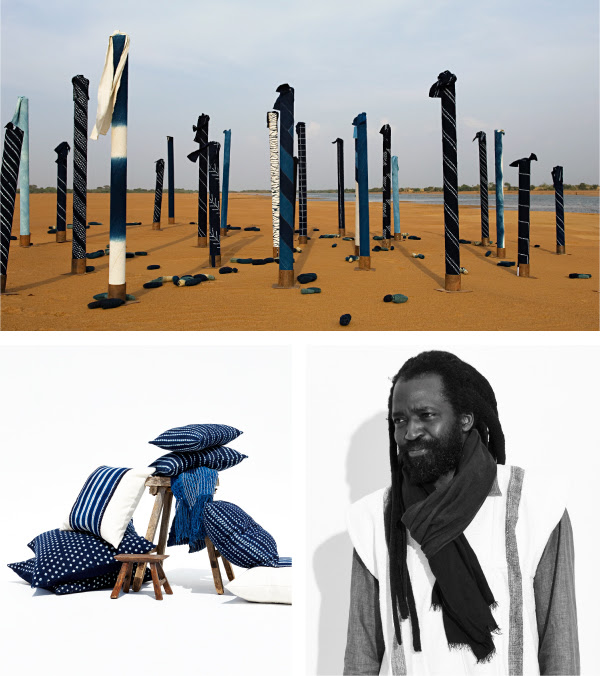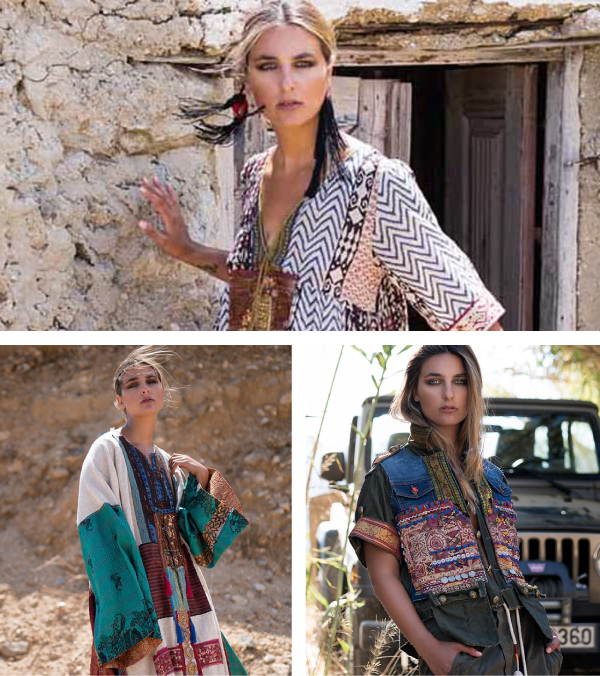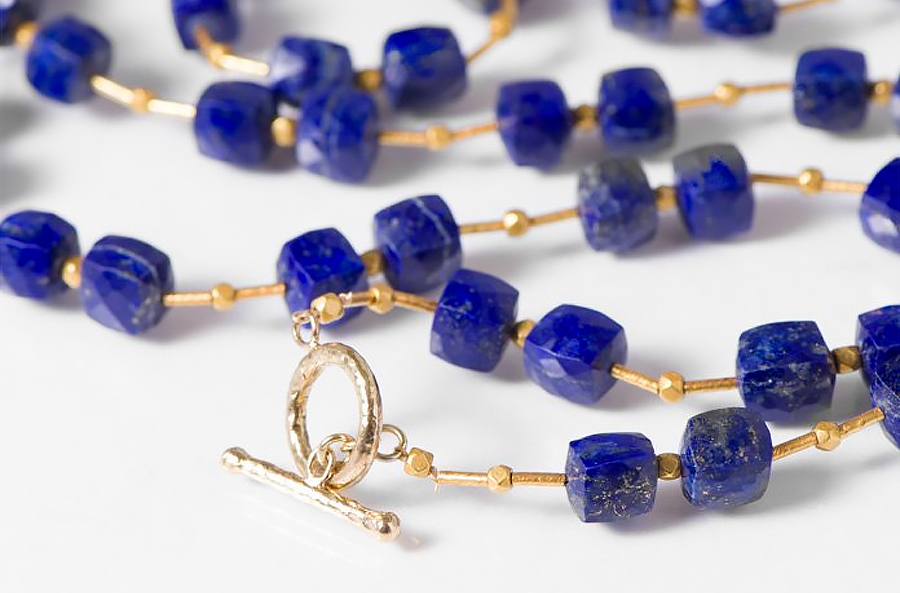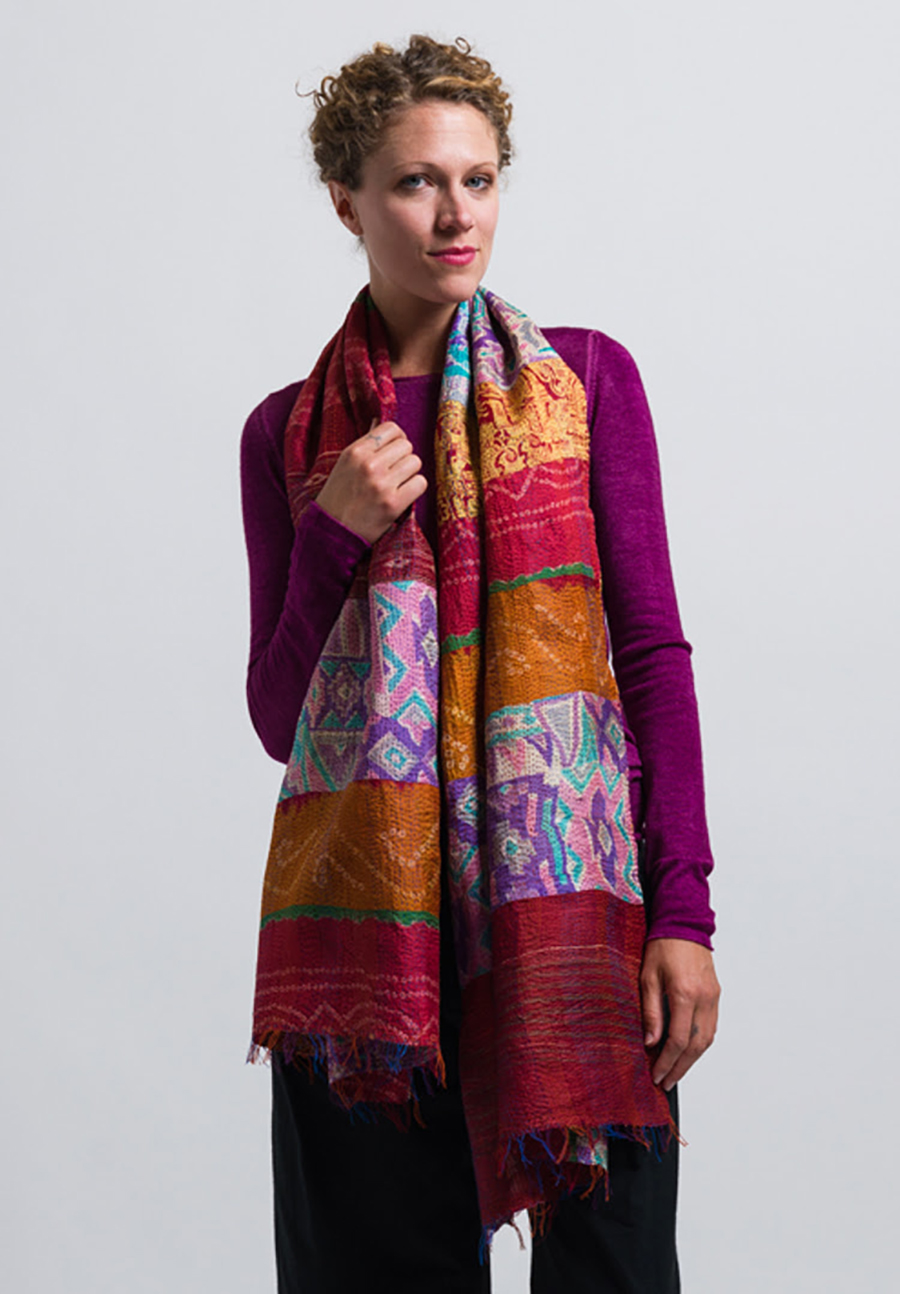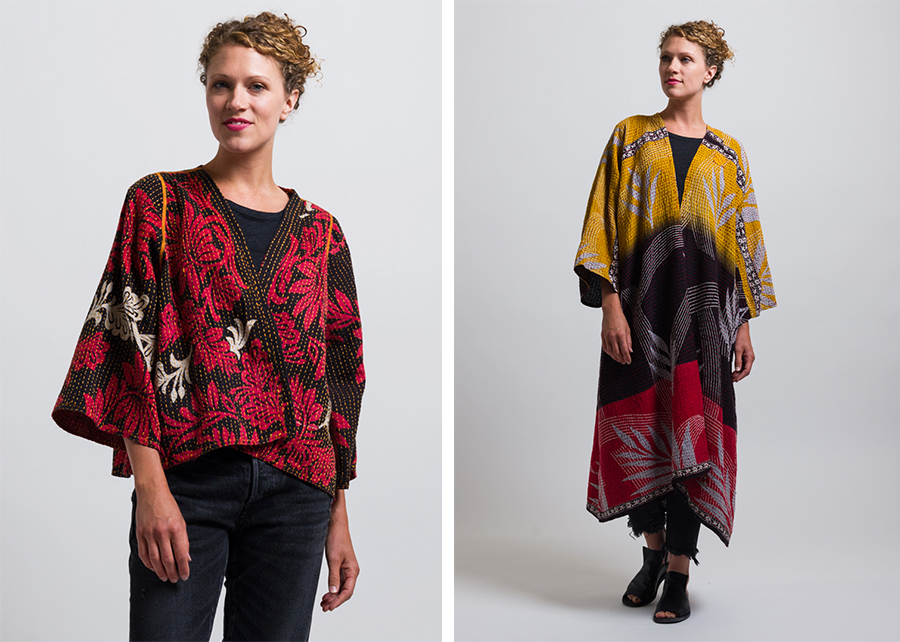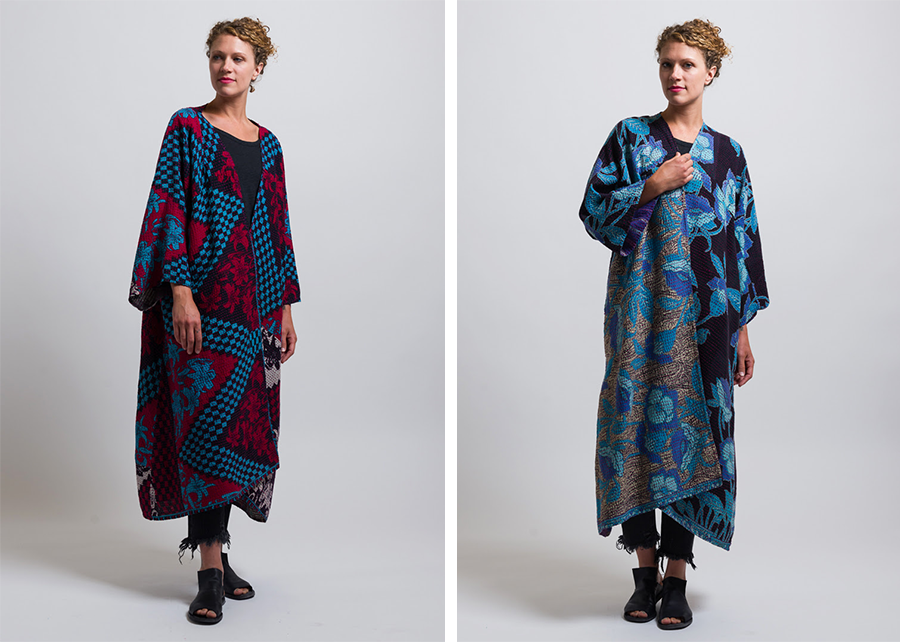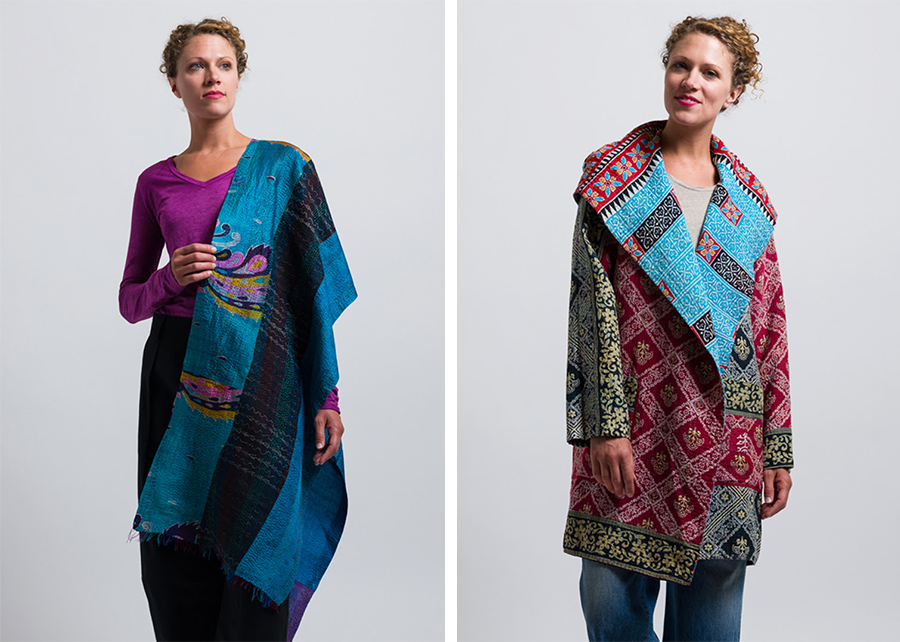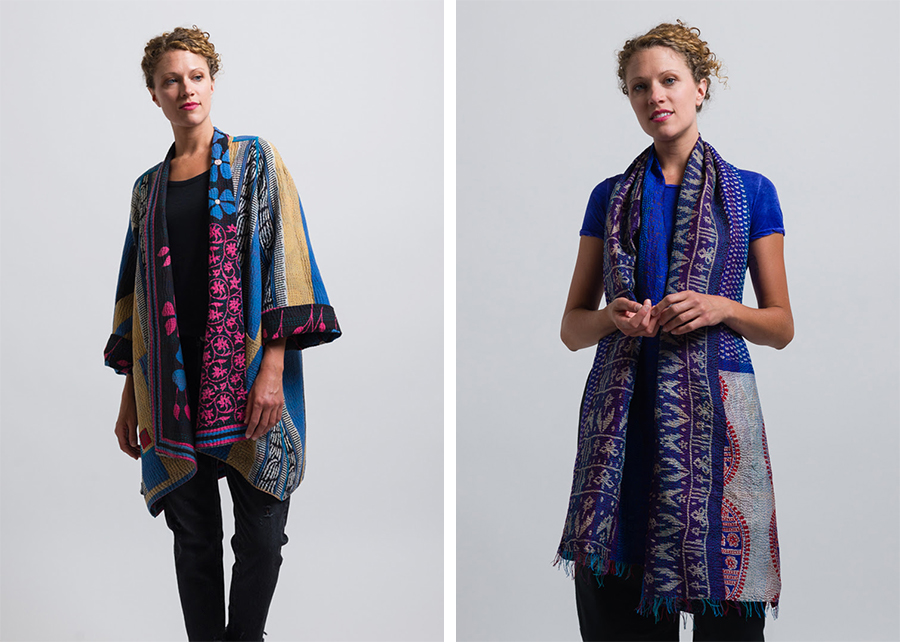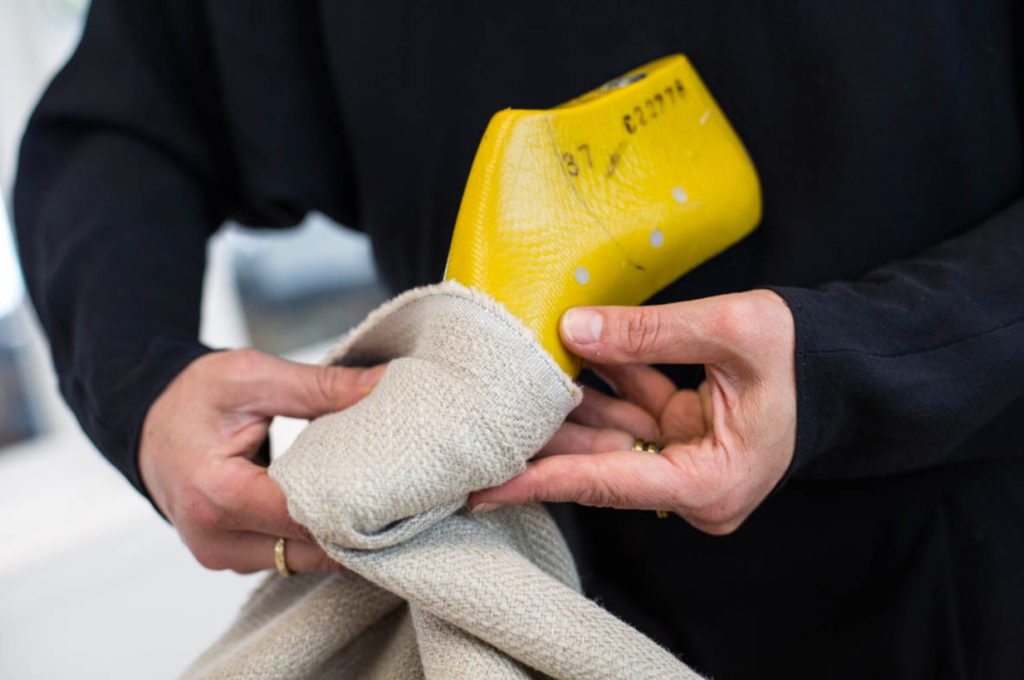Since 2004, the International Folk Art Market has been providing an opportunity to folk artists at the world’s largest market of its kind. This organization has expanded programs to meet the specific challenges that folk artists are facing in the global marketplace. What was born out of Santa Fe as a small grassroots organization focused on one weekend a year, has now grown into a nonprofit that works on empowering international folk artists year-round. Allied with the world’s master folk artists, participation in IFAM results in communities around the world having clean drinking water, education for girls, improved health care, and thriving folk art communities.
Above all, the mission of the International Folk Art Market is to create economic opportunities for folk artists worldwide who celebrate and preserve their traditions. The International Folk Art Market envisions a world that values the dignity and humanity of the handmade, honors timeless cultural traditions, and supports the work of folk artists serving as entrepreneurs and catalysts for positive social change.
CELEBRATE THE 2019 INTERNATIONAL FOLK ART MARKET
July 11th – July 14th
Please join us in welcoming visiting artists!
Mieko Mintz
Aboubakar Fofana
Jasmine Étoile Aarons of VOZ
Péro, Pop-Up Shop
Dassios, Pop-Up Shop
Blaise Cayol, IFAM Demonstration

MIEKO MINTZ
TEXTILE & CLOTHING DESIGNER WORKING IN INDIA
AT SANTA FE DRY GOODS
JULY 12TH, 13TH & 14TH 11AM – 5PM
Mieko Mintz will introduce for the first time, globally, her “opera coat” which was modeled after her family’s heirloom kimono. Recreated using advanced Shibori techniques, Mieko’s vision for the coat came to her last year when she attended the Santa Fe Opera. She will be here to show how such beautiful fabric is created by hand.

ABOUBAKAR FOFANA
INDIGO ARTIST WORKING IN MALI & PARIS
AT SANTA FE DRY GOODS
JULY 12TH, 13TH & 14TH 11AM – 5PM
Known as the foremost indigo-dyer in the world, Aboubakar’s design sense is influenced by a global aesthetic and world-class mastery of craft. Aboubakar describes indigo as “a living blue” and dyes his textiles with the plants sourced from his indigo farm in Mali. Photography by Gentl+Hyers

VOZ
TEXTILE DESIGNER, JASMINE ÉTOILE AARONS, WORKING IN CHILE WITH MAPUCHE ARTISANS
AT SANTA FE DRY GOODS
JULY 12TH, 13TH & 14TH 11AM – 5PM
VOZ is a collective of over 60 indigenous Chilean women working as master artisan weavers. Jasmine describes the pristinely woven textiles as “artisanal and ethical luxury.”

PÉRO
POP-UP SHOP
AT SANTA FE DRY GOODS
JULY 12TH, 13TH & 14TH 11AM – 5PM
Santa Fe Dry Goods will debut one-of-a-kind pieces made just for this international market event. The complete collection for fall will also be featured. A wide and deep palette of blues with colorful details in belts and scarves make this collection one of Péro’s strongest to date.

DASSIOS
POP-UP SHOP
AT SANTA FE DRY GOODS
JULY 12TH, 13TH & 14TH 11AM – 5PM
During a longstanding career with the National Opera House, Dimitris Dassios began designing exceptionally intricate jewelry and accessories utilizing vintage textiles and artifacts. He presented his first collection in a private show in 2005 and almost immediately his catwalks became legendary. Journalists and the fashion world soon accepted him as one of the most intellectual fashion designers of Greece.

BLAISE CAYOL
BASKET WEAVING DEMONSTRATION
AT WILD LIFE
JULY 11TH 2PM – 4PM
Blaise Cayol, from France, maintains a centuries old practice of weaving wicker baskets—an art form that produced generations of craftsmen and largely died out after World War II. Helping to revive this art, his technique incorporates all-natural materials that are gathered from locally grown plants. Their simple beauty belies the intense level of skill needed to perfect this craft.
OUR FOLK ART MARKET SCHEDULE OF EVENTS



